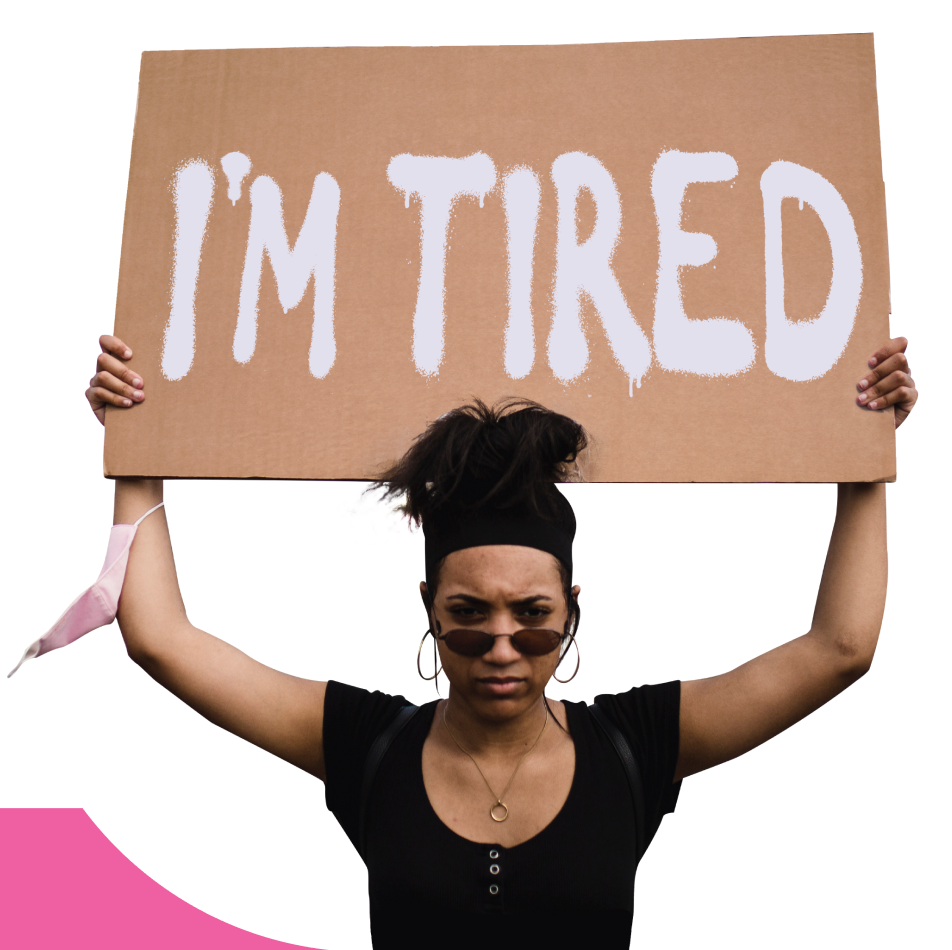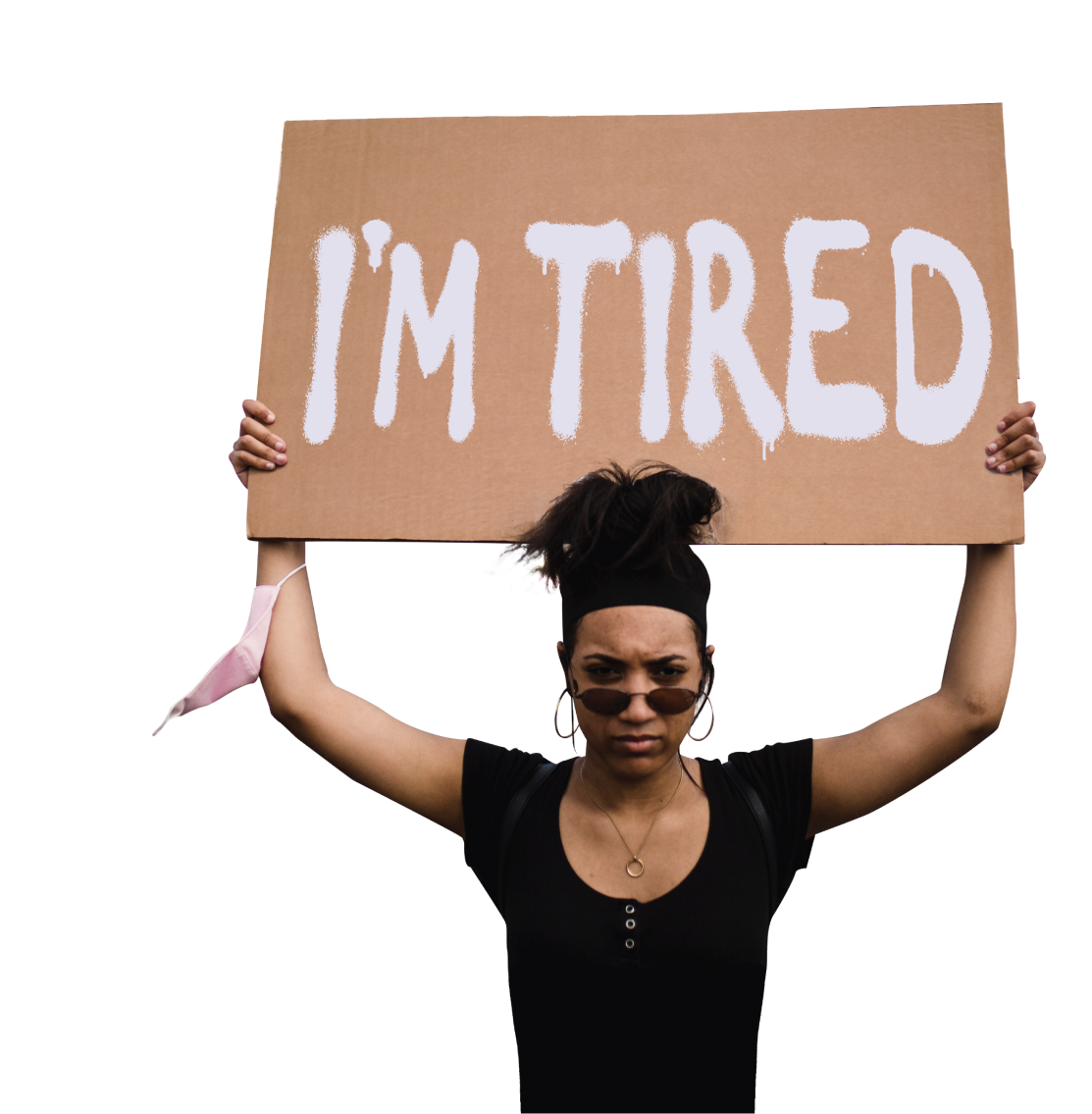
The exhausted States of equality
How Americans want brands to approach social justice in 2023

SCROLL FOR MORE





SCROLL FOR MORE



Unlock the full digital experience and receive a good ol’ fashioned PDF, too.
Less talk, more action. It’s an obvious statement, but one that continues to be top of mind for consumers. Over the past two years, whenever social justice has been on the agenda, consumer sentiment toward brands has been consistent. They want action, impact, and results – not meaningless PR pushes.




After the initial BLM protests in 2020, US consumers wanted brands to review their hiring policies – instead of showing support via social media.
During Pride in 2022, US consumers’ top priority for brands was to educate people on LGBTQ+ issues, cultures, and misconceptions – not changing logos and packaging to rainbow colors. After Roe v. Wade was overturned, US consumers wanted brands to provide paid leave for women’s health issues – rather than show support on social media.
In 2023, brands should take these messages from consumers in the last two years as absolute truth - shift your focus to assistance, education, and action.